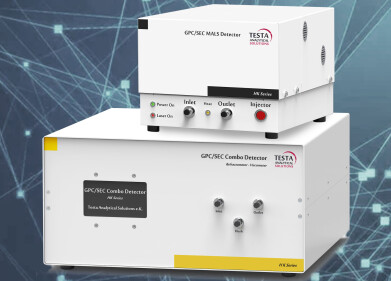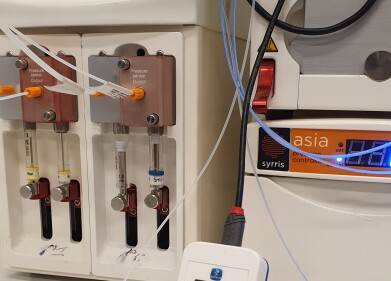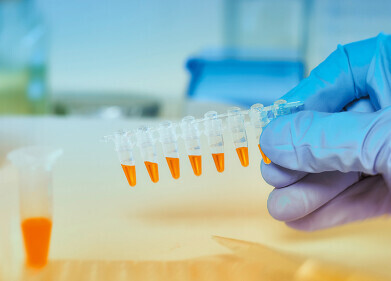Liquid Chromatography
What Biomarkers Are Dogs Sniffing Out? - Chromatography Investigates
Feb 09 2020
It is said that dogs are man’s best friend. Well, if research recently published in the Journal of Breath Research leads to improved medical diagnosis - dogs could soon be man’s first doctor of choice. Research conducted by the US Environmental Protection Agency and CancerDogs - a cancer screening company in Canada - suggests that simple hospital masks could be used as a simple sampling medium to help in cancer diagnosis. And the work is based on the ability of dogs to sniff and chromatography to analyse. Read on to find out more about this collaboration.
Early detection and education
As with many illnesses and diseases, early detection of cancer can be key to getting a good prognosis. The World Health Organization recognises the importance of early detection of cancer as greatly increasing the chances for successful treatment. There are two main components linked to early detection of cancer - education to promote early diagnosis and screening.
It has been shown that dogs can be taught to smell ‘cancer’ on human breath. Of course, dogs cannot tell us what they are smelling, which chemicals are they responding too - but they can tell the difference between cancer samples and non-cancer samples. Researchers want to know how dogs do it, what chemicals are they sniffing out and can we detect those chemicals in the lab?
Screening for molecules
In the research referenced above, researchers from the US Environmental Protection Agency analysed samples from hospital masks. The samples had been sorted into cancer and non-cancer groups by dogs trained to detect ‘cancer’ smells. The team then analysed the samples using gas and liquid chromatography coupled with mass spectrometry to screen for chemical compounds. The use of chromatography with mass spectrometry to screen samples is discussed in the article, Screening of Western Drug Adulterants in Complementary Health Products by High Performance Liquid Chromatography/Diode Array Detection/Mass Spectrometry.
Breath test for cancer?
The research team then compared the samples from the cancer group and non-cancer group to see if there were any differences between the groups in the chemicals detected. They found that based on the LC-MS analyses there were differences between the mask samples detected by the dogs, but that GC-MS analysis showed less differentiation. They hypothesized that the dogs could be detecting aerosols rather than volatile gas phase molecules. Although it could also mean that the volatile compounds evaporated from the masks quicker than the aerosol droplets.
In the published work, the team report that one of the most important findings from the study is that low-volatility compounds in exhaled breath aerosol could be used to sort biological samples into different groups. The team suggest that in future aerosols collected on standard masks could be used to effectively offer a simple test for early stage cancer.
Digital Edition
Chromatography Today - Buyers' Guide 2022
October 2023
In This Edition Modern & Practical Applications - Accelerating ADC Development with Mass Spectrometry - Implementing High-Resolution Ion Mobility into Peptide Mapping Workflows Chromatogr...
View all digital editions
Events
Apr 28 2024 Montreal, Quebec, Canada
May 05 2024 Seville, Spain
May 15 2024 Birmingham, UK
May 19 2024 Brno, Czech Republic
May 21 2024 Lagos, Nigeria













